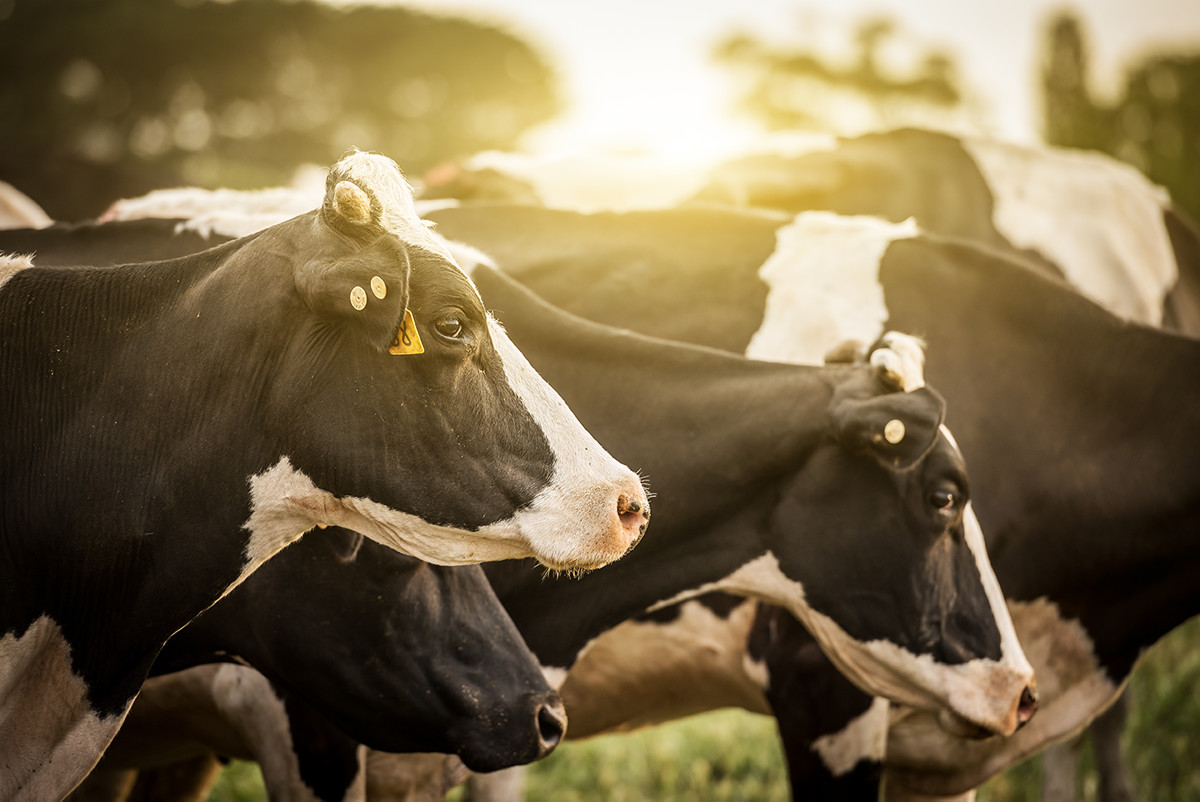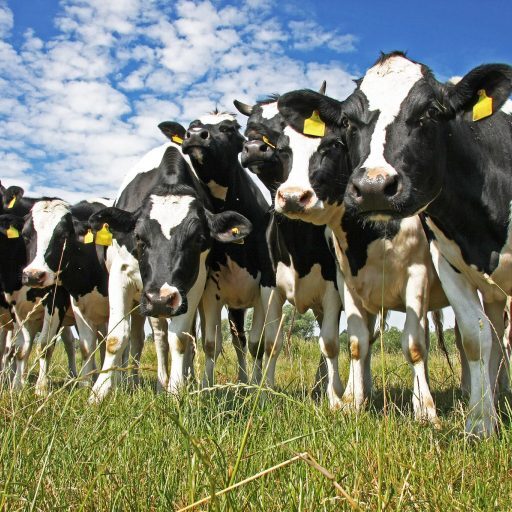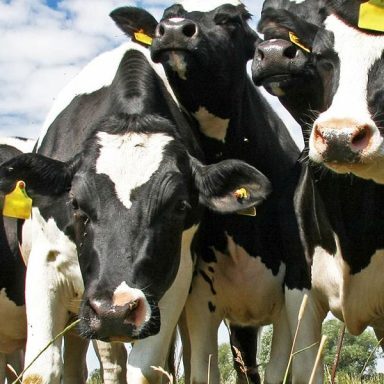Global Milk Markets
… with our trusted partner Louis Dreyfus Company
AUSTRALIA
Growth of milk in the second quarter of 2018 continued at the rates close to those seen at the beginning of the year and stood at above +3% over last year. Tasmania continues to show very high increase production; while growth in Victoriya has slowed to almost zero. FCMP production was slightly higher to last year levels in Q1 while, SMP have reduced. Q1 cheese production have increased in line with milk growth or about +3% to last year. AMF and butter production is lagging behind last year and imports are on the rise. Dairy Australia is expecting +1% in milk production for 2018/19 season.
EUROPEAN UNION
As expected milk production has slowed in April due to cold weather and low availability of quality feed. After +2.9% up while Q2 is likely to be close to +1% YoY. With relatively good weather conditions in May and June milk production started to recover across most states in EU. Nevertheless, currently there is a clear lack of rain especially in Ireland where there is a status of a “yellow drought”. The rates of growth in milk production are likely to remain at or below 1% for the rest of the year.
Cheese production growth at the levels above +2.5% remains above long term growth rate of +1.5%. The market understanding is that demand for cheese is generally good despite no growth in exports. With a lot of milk directed towards cheese stream coupled with slow growth in milk EU SMP production turned negative in April and WMP is below last year levels for several month now. Butter production was once again close to last year levels in April.
Butter availability remains a problem in Europe. With many major butter producing and consuming nations like France and Netherlands running lower YoY milk, production was flat to last year levels that saw a strong spike in prices last year to balance the market.
The EU Commission continued to sell SMP out of intervention. June sale was 24 KMT and together with successful releases in February to May total volume sold on tenders is now at 100 KMT. There is 278 KMT left to dispose of.
NEW ZEALAND
As we have reported earlier, NZ milk at the end of the season improved considerably with May coming +6% on milksolids production. The season has finished very close to last year with 1,838 thousand metric tons of milksolids produced. This is about average for the past 5 seasons. With no growth in cow numbers and very challenging weather condition NZ growth of milk output stalled. Nevertheless, there are signs for a stronger milk production for next year. Fonterra is expecting +1.5% in their milk output and given that there are also plans for a strong expansion of the competitors we are expecing growth that should exceed 2% next year.
UNITED STATES
Milk production in the US has slowed considerably vs. first quarter of the year and long term averages. Current growth in milk is at below +1% YoY. One of the reasons is an absence of growth in the number of dairy cow herd in the USA. Lower milk production growth resulted in lower rates of growth for cheese and a negative production for nonfat milk powder.
Domestic demand for cheese and butter continue to grow at above average rates of growth in the last couple of years; however, demand for nonfat dry milk is actually going down for several years and there is no indication of the reversal of that trend.
US stocks of non fat dry milk powder have continued their decline in may albight only marginally.
TRADE OVERVIEW
First 4 month of 2018 have seen a substantial increase in global trade of milk powders. Every major origin of SMP has increased exports in the first 4 or 5 month of the year. Largest increase happened out of US with 67 KMT more exports in January to May or a solid +25%. EU exports have increased 20 KMT or +8% YoY in January to April. Australia exports were up 5 KMT or about +10%. NZ exports have grown by 5 KMT as well but this is growth of only about 4%. Demand came from the countries of Middle East and Africa as well as Asia.
Butter trade stopped declining and started to increase a bit after a substantial price increase last year. There is a strongly growing trade from Ukraine, US and Belarus that is substituting some of the flows from EU. NZ trade in fat continues to be strong, especially to China.
Going forward we need to see how the market will adjust to the new duty regimes around the globe and therefore the outlook remains uncertain. However, it is very likely that we will see a slow down in demand across the globe.






